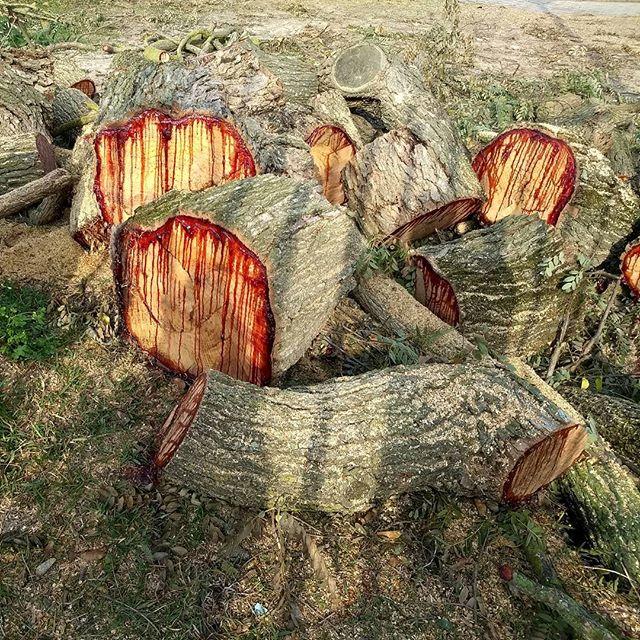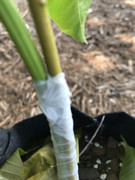201
Tropical Fruit Discussion / Re: Nitrogen Fixers
« on: August 19, 2019, 08:20:33 AM »
Coin vine (Dalbergia Ecastaphyllum) is definitey not the same thing as the trees in those pictures. Im confused, you said youve read it can grow to be a tree? Ive seen it on the marsh edges of coastal hammocks and on the dunes, but the growth form is more of a falling/sprawling shrub/vine. I have never seen any consistent upright growth on these, though possibly someone could try their hand at staking and treeing it up, I would be curious how well that works.
About the coin vine from Florida( Dalbergia Ecastaphyllum),it was discovered that the expensive red propolis from Brasil its made from these trees wich grow there also.It has a blood red sap similar to that of Pterocarpus ,wich bees collect to make the propolis.
Studyes shown that this red propolis from the coin vine kills cancerous cells.But the red propolis its too complex for the scientists to understand how it does that and thats why its not officially registered as a med.
A few pictures with Pterocarpus sap and the first one with the bees,its the coin vine,Dalbergia Ecastaphyllum.













